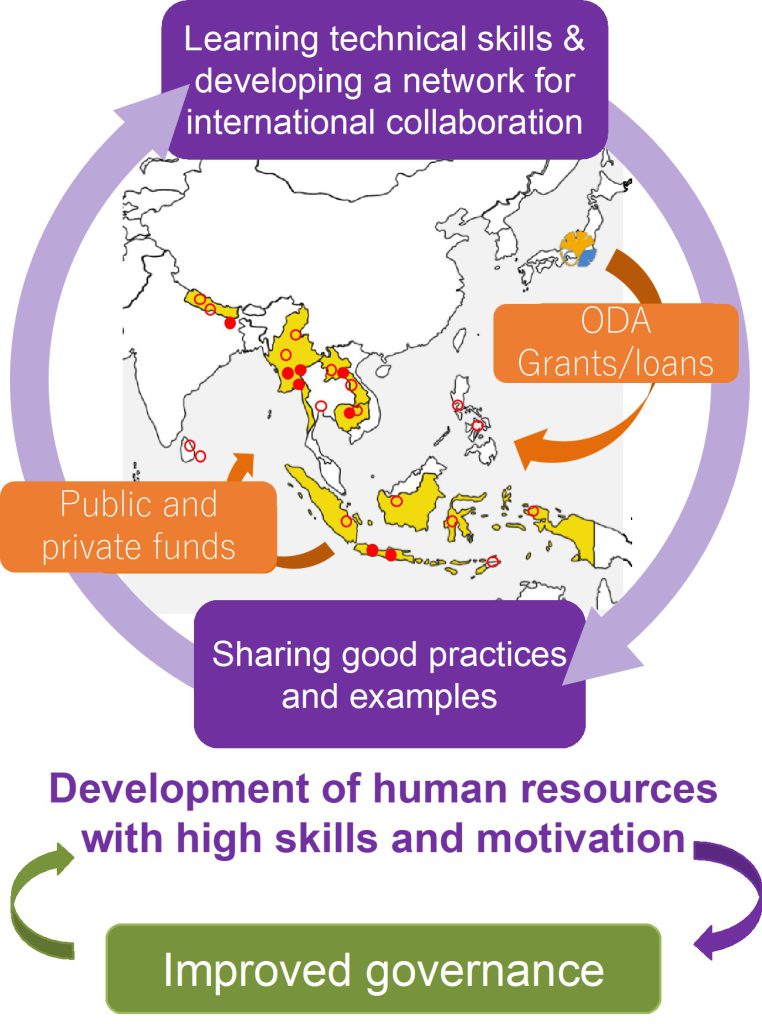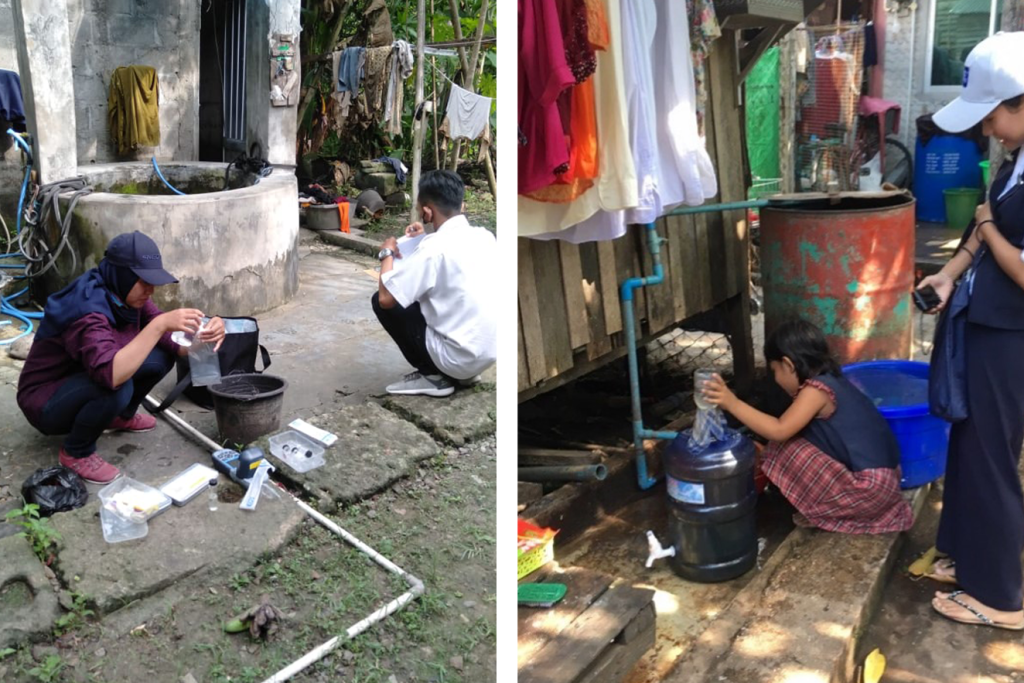Building ways to achieve SDG Goal 6 through international collaborative education, research, and practical implementation
A lack of capital, human resources, technical skills, and poor governance can exacerbate the difficulty of accessing safe drinking water and sanitation in Asian developing countries. We are carrying out a joint project with the Japan International Cooperation Agency to solve this issue through international collaboration with universities, governments, and utilities in Asian developing countries. Both Japanese and international students acquired technical skills and good water supply and sanitation practices at the University of Tokyo, and they applied such expertise to their case studies in such regions. Through such a program, research, and collaboration, we increase highly skilled workers and improve the governance of the water management sector in each country, which, will consequently, will help make it easier for such countries to acquire funds from different sources including ODA Grants/loans from Japan as well as public and private funds in their own countries aimed to achieve SDG 6.
In the program, about five students/year from governments and utilities in charge of water and wastewater in Asian developing countries studied in the master’s program and carried out hands-on case studies. So far, 18 students from 7 different countries have matriculated to the program. The number of these case studies will increase in the future and will be shared among the students. We hope that the connections made among students will evolve into a network of scientists and engineers in the water supply and sanitation fields of various Asian developing countries.


